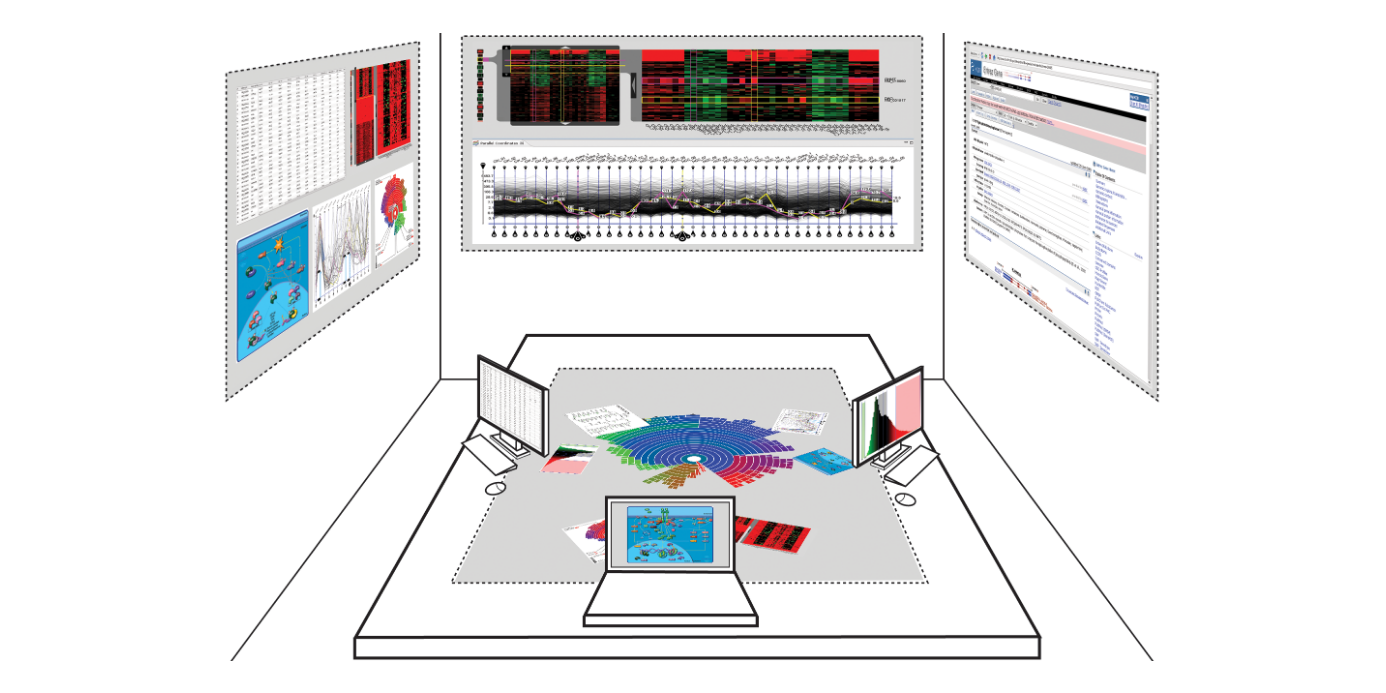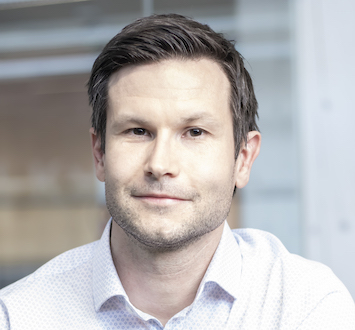
Abstract
The necessity of incorporating experts from various domains in order to understand and draw meaningful conclusions from complex and massive amounts of data is an undisputed fact. In order to create and effectively use such a collaborative information workspace it is vital to understand the interaction processes involved. Established, high-level interaction patterns work well for single user, single data source scenarios. However, they cannot simply be applied to the collaborative analysis of heterogeneous data. In this paper we propose a Multi-User Multi-Level Interaction concept which differentiates between operations in view and data domain while considering the relations and transitions between data on different levels of granularity. Hence, the users’ interaction can be formalized as a seamless path of navigation. This in turn helps to gain a deeper understanding of the interaction process and allows to efficiently steer it to accelerate data analysis. We demonstrate the applicability and benefits of our concept by means of a clinical use case scenario which aims at finding the best treatment for cancer patients.
Citation
Marc
Streit,
Hans-Jörg Schulz,
Dieter Schmalstieg,
Heidrun Schumann
Towards Multi-User Multi-Level Interaction
Proceedings of the Workshop on Collaborative Visualization on Interactive Surfaces (CoVIS '09), in conjunction with VisWeek,
5--8, 2009.
BibTeX
@article{2009_covis_towards-multi-user-multi-level-interaction,
title = {Towards Multi-User Multi-Level Interaction},
author = {Marc Streit and Hans-Jörg Schulz and Dieter Schmalstieg and Heidrun Schumann},
journal = {Proceedings of the Workshop on Collaborative Visualization on Interactive Surfaces (CoVIS '09), in conjunction with VisWeek},
pages = {5--8},
issn = {1862-5207},
year = {2009}
}
Acknowledgements
The authors wish to thank Manuela Waldner and Alexander Lex for their work on collaborative information workspaces. This work was funded in part by the FIT-IT program (813 398), the Fonds zur F ̈orderung der wissenschaftlichen Forschung (FWF) (L427-N15) and the DFG graduate school dIEM oSiRiS.

